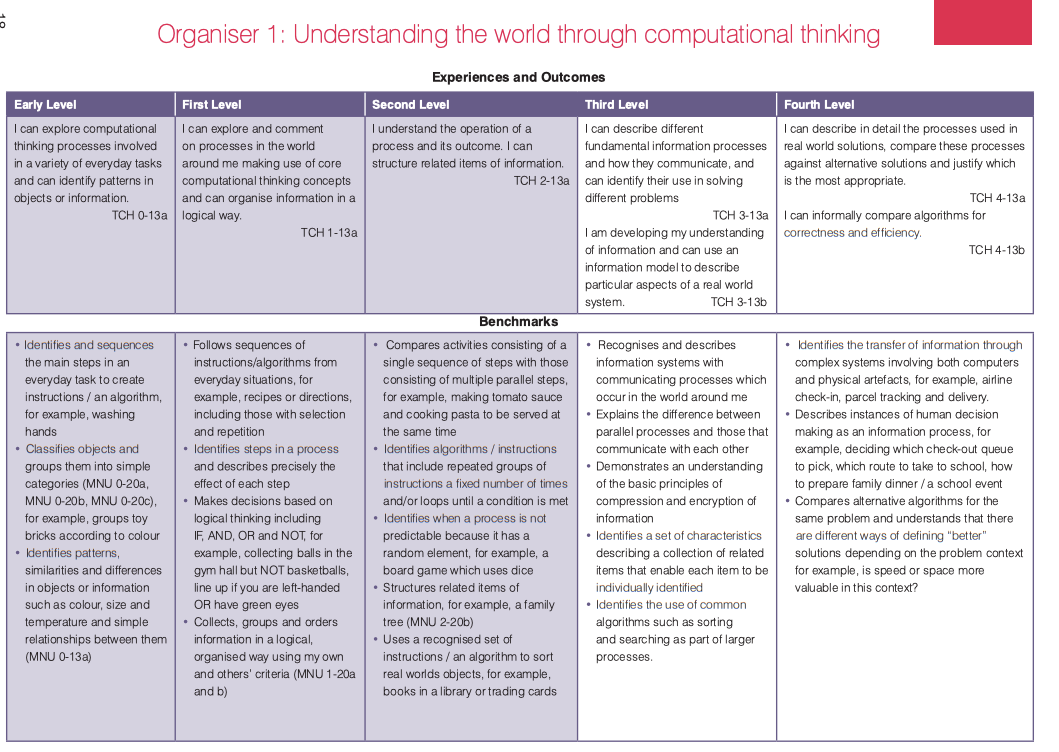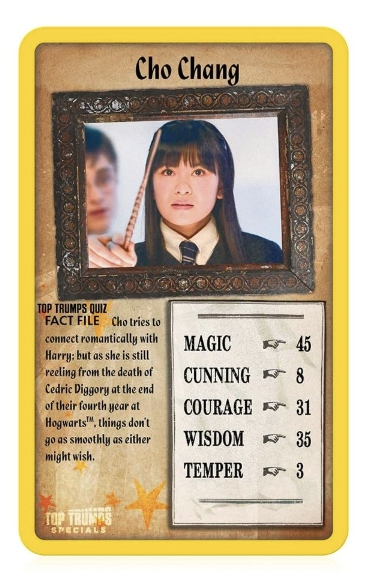Playing with Computational Thinking
In this activity, you’ll play some common children’s games, identify aspects of the games which could help computational thinking skills and then adapt them to enhance the computational thinking further. Complete these activities before the class so you can share your answers with the other students. If you aren’t able to come to the class, you can post your answers on the discussion board.
It might be more fun to complete the tutorial with friends or family, but it is still possible to do it by playing against an AI player. You might want to split this over a couple of sessions unless you have super-patient friends.
We’re looking at the first strand within the Scottish computing curriculum level for Broad General Education: understanding the world through computational thinking.

Snakes and Ladders game- focus on process
Go to https://toytheater.com/snakes-and-ladders/ and try out the game. You can choose to play against the computer, multiplayer with people in the same room, or multiplayer online. Or dig the old board game box out of your cupboard if you prefer.

- Think about these questions: Do you need to be good at this game to win? Can you predict who will win? Will this game ever finish? Why?
- Make 2 changes to the rules so that the game now requires skill. Write or draw the rules of your version of the game to share at the tutorial. Print out a copy of the board from https://classplayground.com/printable-snakes-and-ladders-game/ and test out your new rules with your friends. How does it change the game?
- Now you’re going to make your own Snakes and Ladders board (As before, you can annotate this copy of the board from https://classplayground.com/printable-snakes-and-ladders-game/. Include:
- A rule containing a condition (e.g. IF the die has a particular value THEN take this action)
- Repetition (e.g. Can you invent a trap for a player which put them in an endless loop?)
- Think: how do the activities you just did relate to the computational thinking outcomes shown above?
Top Trumps game – focus on information

- For this task you will need access to a printer or a pack of trading cards, such as Top Trumps, football trading cards, Star Wars trading cards, or even the free Lego trading cards you used to get from Sainsburys. If you don’t have a pack to hand, you could print out these: https://www.twinkl.co.uk/resource/t-n-2383-predator-top-trump-cards.
- Look at the pack to decide which card is the most valuable and why?
- What information (properties) does each card contain?
- Which bit of information do you use to decide which card is most valuable?
- Sort the cards on a table. Which property are you going to use to sort the cards? What is the best way to organise the collection if you want to quickly spot duplicates or missing cards? (Note: the idea of a complete set may not make sense for some packs of trading cards).
- Think: how do the activities you just did relate to the computational thinking outcomes in Table 1?